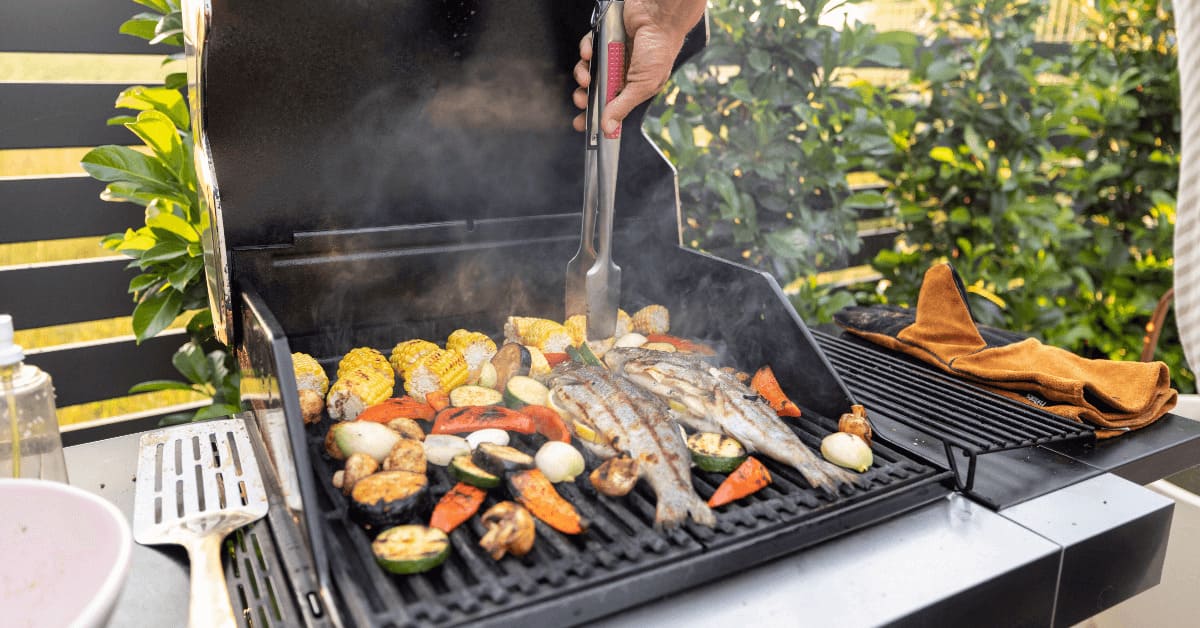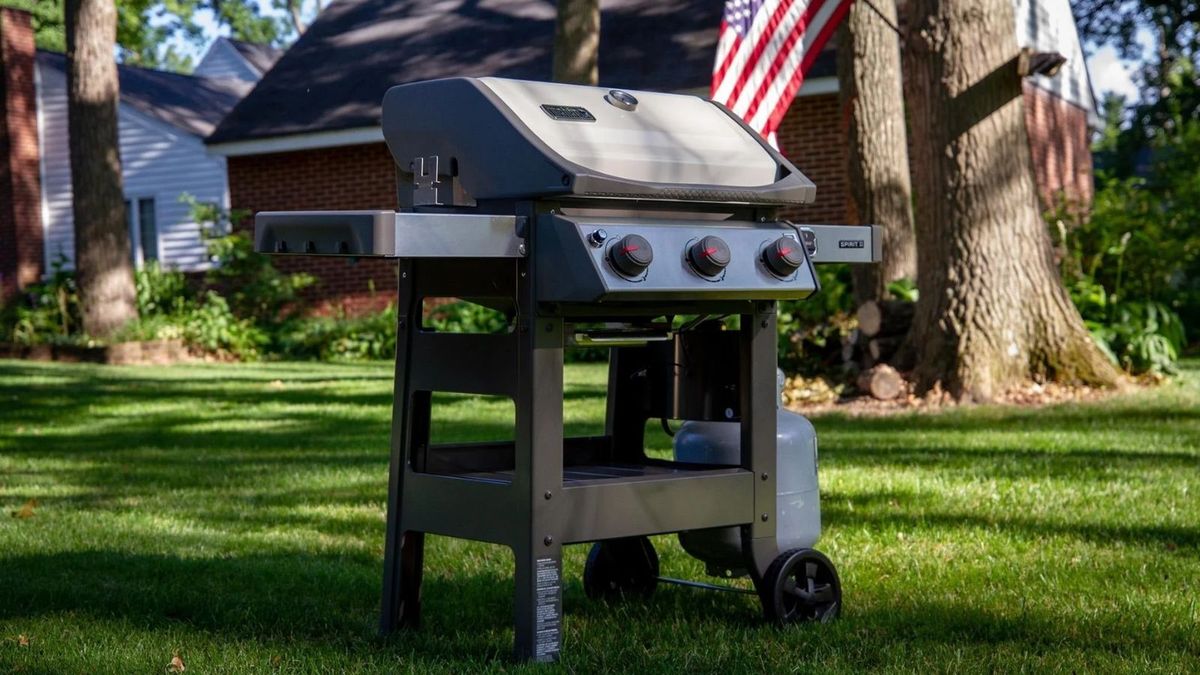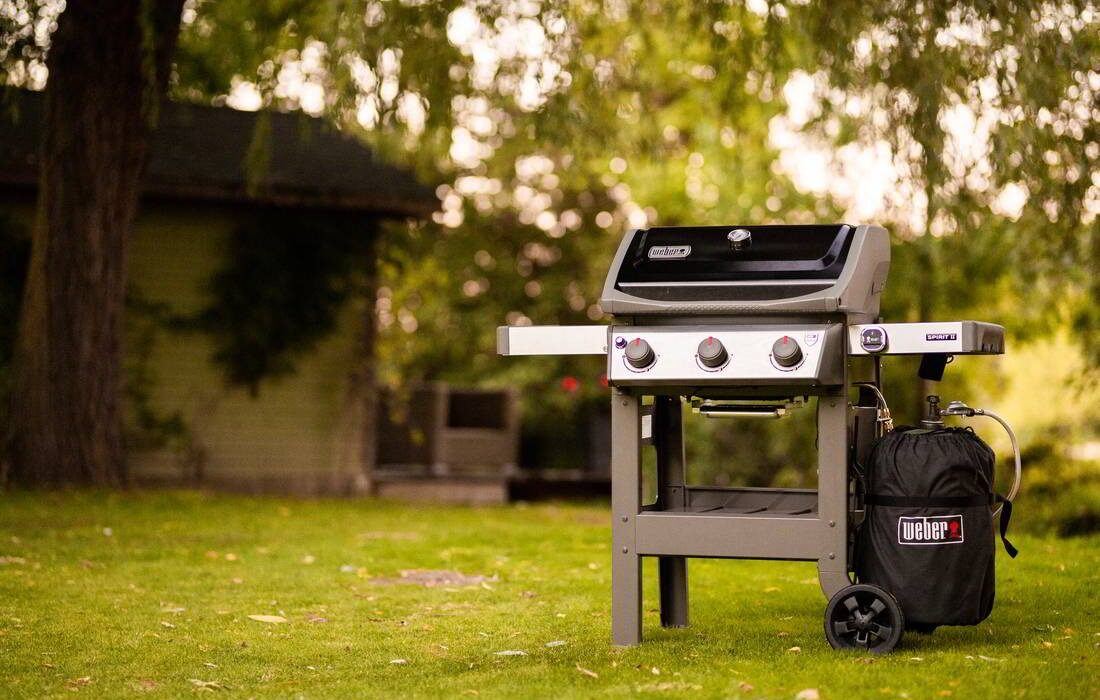Nothing says weekend like firing up the gas grill and having the tantalizing aroma of ribs wafting through your backyard. Learning how to cook ribs on a gas grill can transform an ordinary day into an extraordinary culinary experience. This comprehensive guide is designed to help everyone, from novice grillers to seasoned barbecue enthusiasts, master the art of grilling ribs to perfection.

Your Essential BBQ Toolkit
Before we dive into the step-by-step process of cooking ribs on a gas grill, youll need to gather some essential tools to ensure the best results. Not only do these items facilitate the cooking process, but they also help in preventing any mishaps. Here are the basics that youll need:
- Gas Grill: Investing in a quality gas grill is key for cooking ribs evenly and efficiently. If youre in need of a new grill, check out these top-rated gas grills.
- Knife: A good knife is essential for prepping your meat. We recommend this Japanese knife for its precision and sharpness.
- Cutting Board: A sturdy cutting board makes seasoning and slicing your ribs easier. Explore durable options here.
- Meat Thermometer: Ensuring your meat is cooked to the right temperature is crucial for both safety and taste.
- Brush for Basting: Youll need this for applying marinades and sauces.
- Tongs: To flip and handle your ribs safely.

Selecting The Perfect Rack of Ribs
The journey to mastering how to cook ribs on a gas grill begins with selecting the perfect rack of ribs. There are primarily three types of ribs youll come across: baby back ribs, spare ribs, and St. Louis-style ribs. Each comes with its own unique texture and flavor profile.
Baby Back Ribs
Baby back ribs are cut from the uppermost part of the ribcage and are known for their tender meat and leaner profile. These ribs cook relatively quickly, making them ideal for grilling. Their mild flavor allows them to absorb marinades and rubs effectively, providing a delicious canvas for your culinary creativity.
Spare Ribs
Spare ribs come from the lower part of the ribcage and contain more fat than baby back ribs. This extra fat content translates to richer, juicier meat, making spare ribs a favorite among BBQ enthusiasts. They take a bit longer to cook, but the resulting flavor is well worth the wait.
St. Louis-Style Ribs
St. Louis-style ribs are essentially trimmed spare ribs, with the brisket bone removed. This cut offers a uniform shape thats perfect for even cooking on the grill. St. Louis-style ribs balance tenderness and flavor, making them a great choice for both novice and seasoned grillers.

Preparing Your Ribs for The Grill
A crucial step in learning how to cook ribs on a gas grill is the preparation phase. Proper preparation ensures that your ribs cook evenly and absorb flavors beautifully. Follow these detailed steps to get your ribs grill-ready:
Trimming The Ribs
Start by trimming any excess fat and removing the membrane from the bone side of the ribs. The membrane is a thin, tough layer that can prevent your seasonings from penetrating the meat. Use a sharp knife, like this one suggested by Knives Genius, to make this task easier.
Seasoning The Ribs
Seasoning is where you can truly make your ribs your own. Generously apply your favorite dry rub or marinade. Ensure that the seasoning is evenly distributed over both sides of the ribs. Let your ribs sit with the seasoning for at least an hour, but overnight marination yields the best results.

Grill Setup: The Indirect Heat Technique
One of the most critical aspects of learning how to cook ribs on a gas grill is mastering the grill setup. For ribs, youll want to use the indirect heat method. This technique ensures that your ribs cook slowly and evenly, preventing them from drying out. Heres how to set up your grill for this method:
Preheating Your Grill
Start by preheating your gas grill to around 225F to 250F. This low and slow approach helps in breaking down the collagen in the meat, resulting in tender, juicy ribs.
Setting Up Indirect Heat
To achieve indirect heat, turn on only one side of the burners and leave the other side off. Place a drip pan filled with water on the unlit side to maintain moisture within the grill. Position your ribs on the grill grates over the drip pan to avoid direct exposure to flame. This setup mimics the low-and-slow cooking method of a traditional smoker, ensuring your ribs are tender and flavorful.
The Cooking Process: Slow and Steady Wins The Race
When it comes to cooking ribs on a gas grill, patience is key. The low-and-slow cooking method ensures that the meat remains tender and flavorful. Here is a detailed step-by-step guide to help you:
Initial Cook
With your ribs positioned on the grill over the drip pan, close the lid and let them cook for about 3 hours. Maintain the temperature between 225F and 250F. Avoid opening the lid frequently as it will cause temperature fluctuations.
Wrapping Your Ribs
After the initial cook, its time to wrap the ribs in aluminum foil. This step locks in moisture, ensuring your ribs are succulent. Before sealing the foil, you can add a bit of apple juice, honey, or butter for added flavor and moisture. Place the wrapped ribs back on the grill for another 2 hours.
Final Phase: Searing and Saucing
Unwrap the ribs and return them to the grill for the final hour. During this phase, ramp up the heat slightly and start basting your ribs with your favorite BBQ sauce. Turn and baste frequently to build up a sticky, flavorful glaze. Be vigilant to prevent burning by keeping the heat manageable and flipping the ribs regularly.
Checking For Doneness
Knowing how to cook ribs on a gas grill also involves understanding when your ribs are perfectly done. Use a meat thermometer to check the internal temperature, which should be around 195F to 203F for tender ribs. The bend test is another reliable method: when you pick up the ribs with tongs, they should bend easily and the meat should start to crack but not fall apart.
Serving Your Grilled Ribs
The moment youve been waiting for has arrived its time to serve your perfectly cooked ribs. Let the ribs rest for about 10 minutes after taking them off the grill to allow the juices to redistribute. Use a sharp knife or a fillet knife like the one recommended here to slice the ribs into individual portions. These juicy ribs serve beautifully with classic side dishes like coleslaw, cornbread, and baked beans.
Cleaning and Care
After the feast, its essential to clean your grilling tools to keep them in prime condition for your next barbecue session. Here are some helpful resources:
For cleaning your cutting board, we recommend using a good cutting board conditioner.
Grill grates can be tricky to clean, so investing in a quality cookware cleaner can make the job easier.
As an Amazon Associate, I earn from qualifying purchases.


